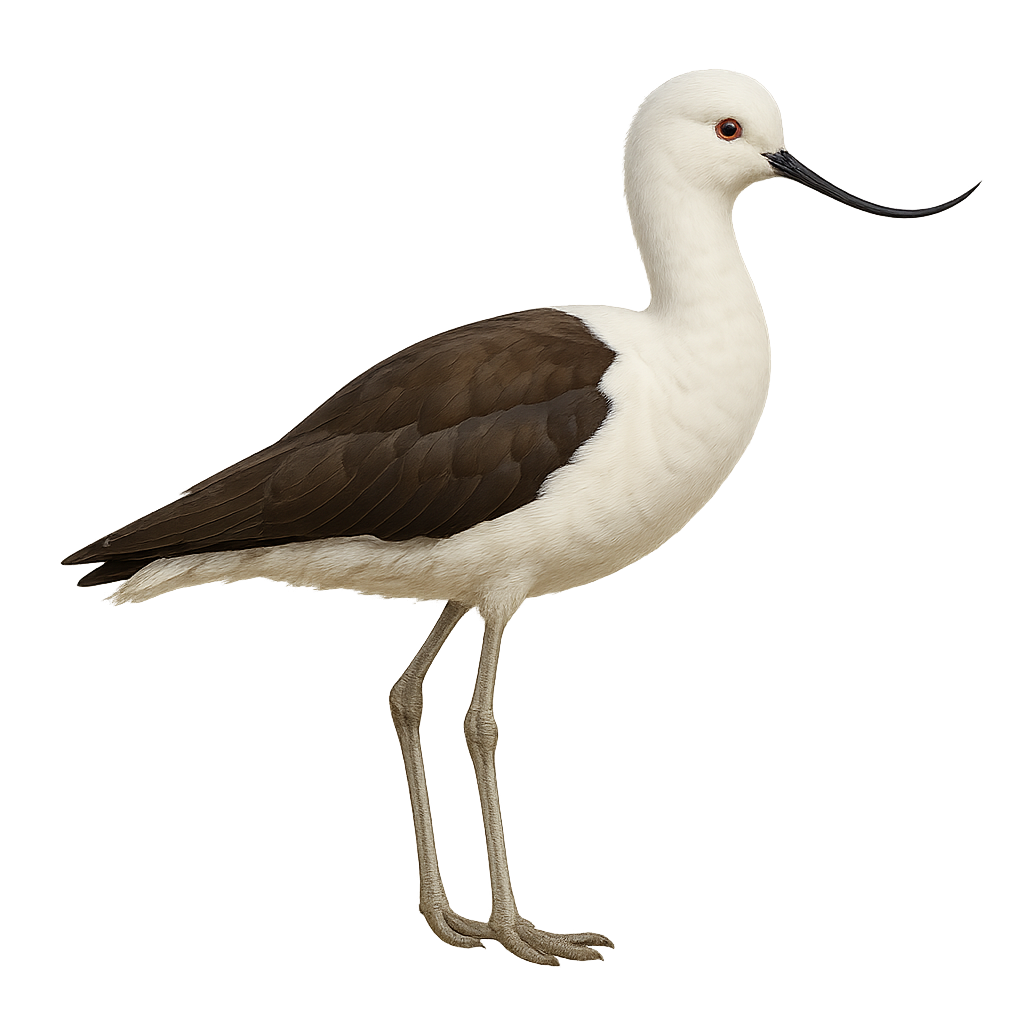Your wildlife photography guide.
Explore the andean avocet in detail, study its behavior, prepare your shots.
Where to observe and photograph the andean avocet in the wild
Learn where and when to spot the andean avocet in the wild, how to identify the species based on distinctive features, and what natural environments it inhabits. The WildlifePhotographer app offers tailored photography tips that reflect the andean avocet’s behavior, helping you capture better wildlife images. Explore the full species profile for key information including description, habitat, active periods, and approach techniques.
Andean Avocet
Scientific name: Recurvirostra andina

IUCN Status: Least Concern
Family: RECURVIROSTRIDAE
Group: Birds
Sensitivity to human approach: Suspicious
Minimum approach distance: 10 m
Courtship display: November to January
Incubation: 23-25 jours
Hatchings: November to February
Habitat:
Wetlands, salt lakes, marshes
Activity period :
Primarily active during the day, with peak activity in the morning and late afternoon.
Identification and description:
The Andean Avocet, Recurvirostra andina, is an elegant and distinctive bird, recognizable by its long, upward-curving bill and slender legs. It features primarily white plumage with black wings, making it easily identifiable in its natural habitat. This bird is mainly found in the wetlands of the Andean highlands, where it feeds on small aquatic invertebrates. The Andean Avocet is a gregarious species, often seen in small groups. It is well adapted to high-altitude environments, allowing it to thrive in sometimes harsh climatic conditions. Although its conservation status is not concerning, it remains vulnerable to environmental changes and habitat degradation.
Recommended lens:
400mm – adjust based on distance, desired framing (portrait or habitat), and approach conditions.
Photography tips:
To photograph the Andean Avocet, it is advisable to use a telephoto lens of at least 400mm to capture detailed images without disturbing the bird. The best opportunities often arise early in the morning or late in the afternoon, when the light is soft and the bird's activity is at its peak. Focus on wetlands where the bird feeds and be patient to get quality shots.
The WildlifePhotographer App is coming soon!
Be the first to explore the best nature spots, track rutting seasons, log your observations, and observe more wildlife.
Already 1 430 wildlife lovers subscribed worldwide

